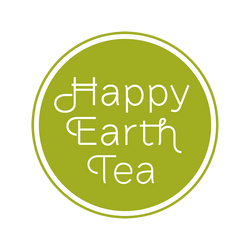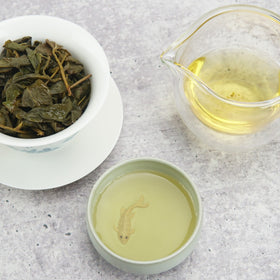
Concubine Oolong
We are delighted to offer Concubine Oolong, a well regarded Taiwanese oolong from its two main manufacturing seasons, spring and winter.
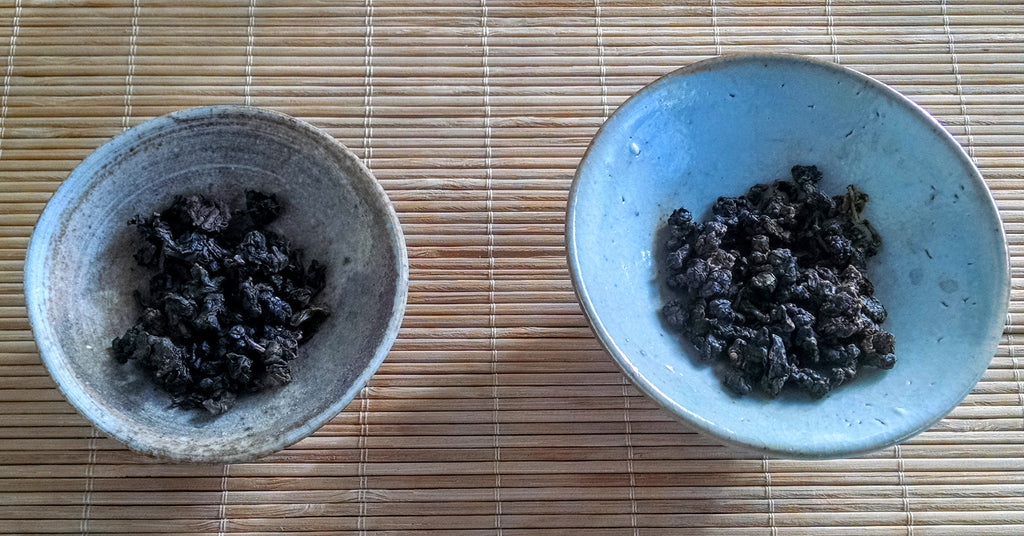
Concubine is a relatively new kind of oolong, developed only about 10 years ago. The innovation was led by tea farmers of Feng Huang village, part of the region that makes Dong Ding oolong. This highly oxidized and mid-roasted oolong is made from leaf that have been bitten upon by bugs know as Jacobiasca formosana Paoli.
The bites of these natural "pests," also called "jassid bugs," cause the plant to release certain chemicals that are believed to impart to the tea its unique flavor. The bites also begin the oxidation process in the leaf, right in the fields even before the plucking!

Notably, the plucking is entirely hand done to make sure that the bug bitten leaves are all picked to make the tea. This is something that machines, thankfully, yet cannot do.
We cannot talk about Concubine without mentioning the other famous tea of Taiwan - the Oriental Beauty. The latter, which is also called in Chinese, Bai Hao oolong, or Dongfang Meiren, is made similarly from tea leaves that have been bitten by the same jassid bug. Going by a popular legend, the Oriental Beauty was created "accidentally" in the late 19th Century when a farmer decided to go ahead and produce tea from bug bitten leaves rather than discard them as would have been the practice. The tea ended up having a unique flavor that was highly regarded, and the rest as they say is history.
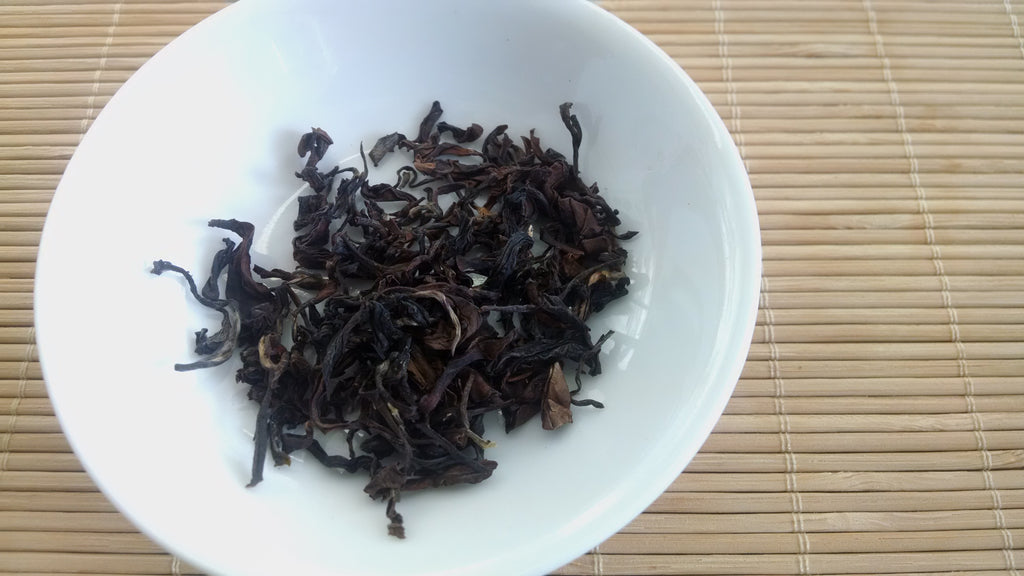
The primary inspiration for the Feng Huang tea farmers was Oriental Beauty. Unlike the Concubine, the Oriental Beauty is an open leaf variety which looks similar to a Darjeeling second flush, and actually can often have similar taste profile - a fruity-floral complexity with smooth, light body. Also unlike a Concubine it is not roasted.
The dry leaf of the Concubine as you can see from the picture below are well rolled, just like many of the Taiwanese oolongs. It has a obviously roasted appearance. The roasting not only deepens the flavors of the tea but gives it a very good aging potential. Roasted oolongs can be aged, removing the worry of it "expiring" on your shelf. 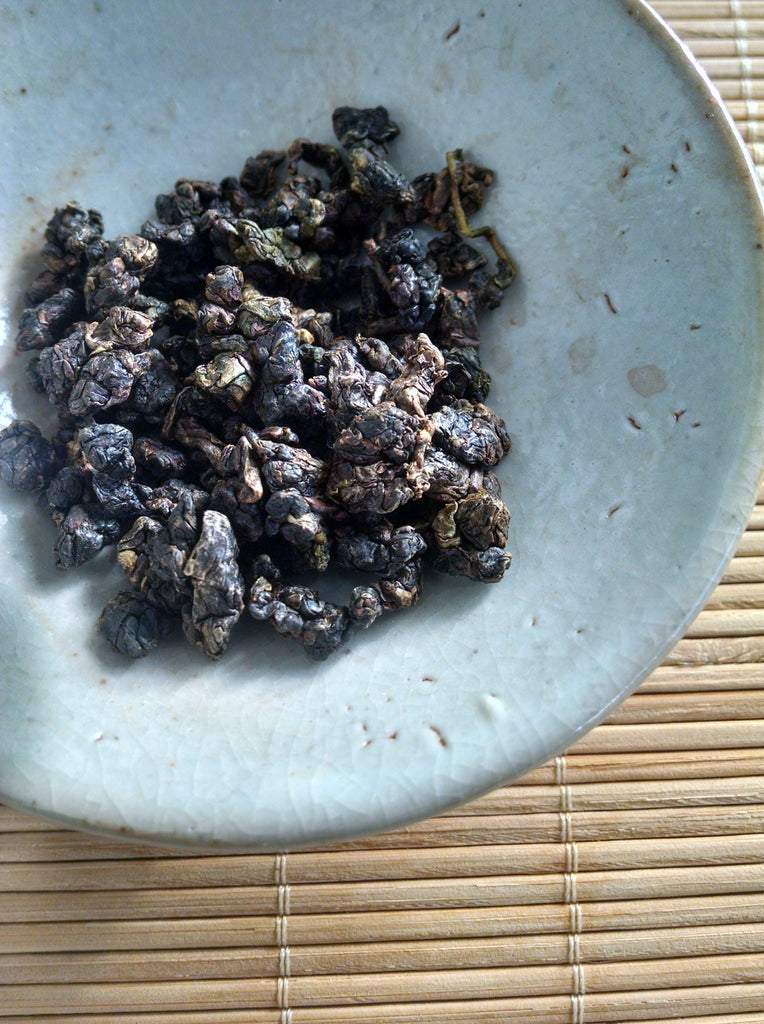 Concubine oolong is a markedly sweet oolong with raisins and honey tones. Like all balled oolongs, the Concubine can be resteeped multiple times, and the sweetness carries through them all. You might also find notes of plums and some "greeness", the latter almost reminiscent of fresh tea bushes. It is amazing to note that the roasting has managed to retain the fresh notes in the tea!
Concubine oolong is a markedly sweet oolong with raisins and honey tones. Like all balled oolongs, the Concubine can be resteeped multiple times, and the sweetness carries through them all. You might also find notes of plums and some "greeness", the latter almost reminiscent of fresh tea bushes. It is amazing to note that the roasting has managed to retain the fresh notes in the tea!
The other remarkable character of this tea is no matter how long you steep it, the tea does not get bitter.
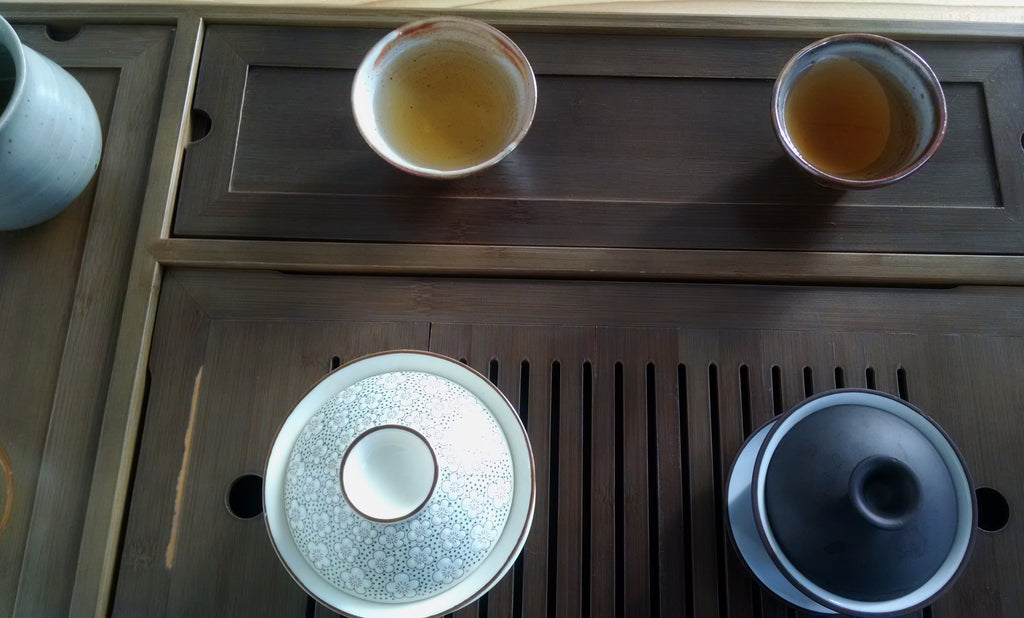
Our Spring Concubine is from 2013 and the Winter Concubine is from 2014. Both of them have had enough time to "rest well." Roasted oolongs are best consumed after a period of "rest", when the roasted notes settle down and blend in well with the natural flavors of the tea.
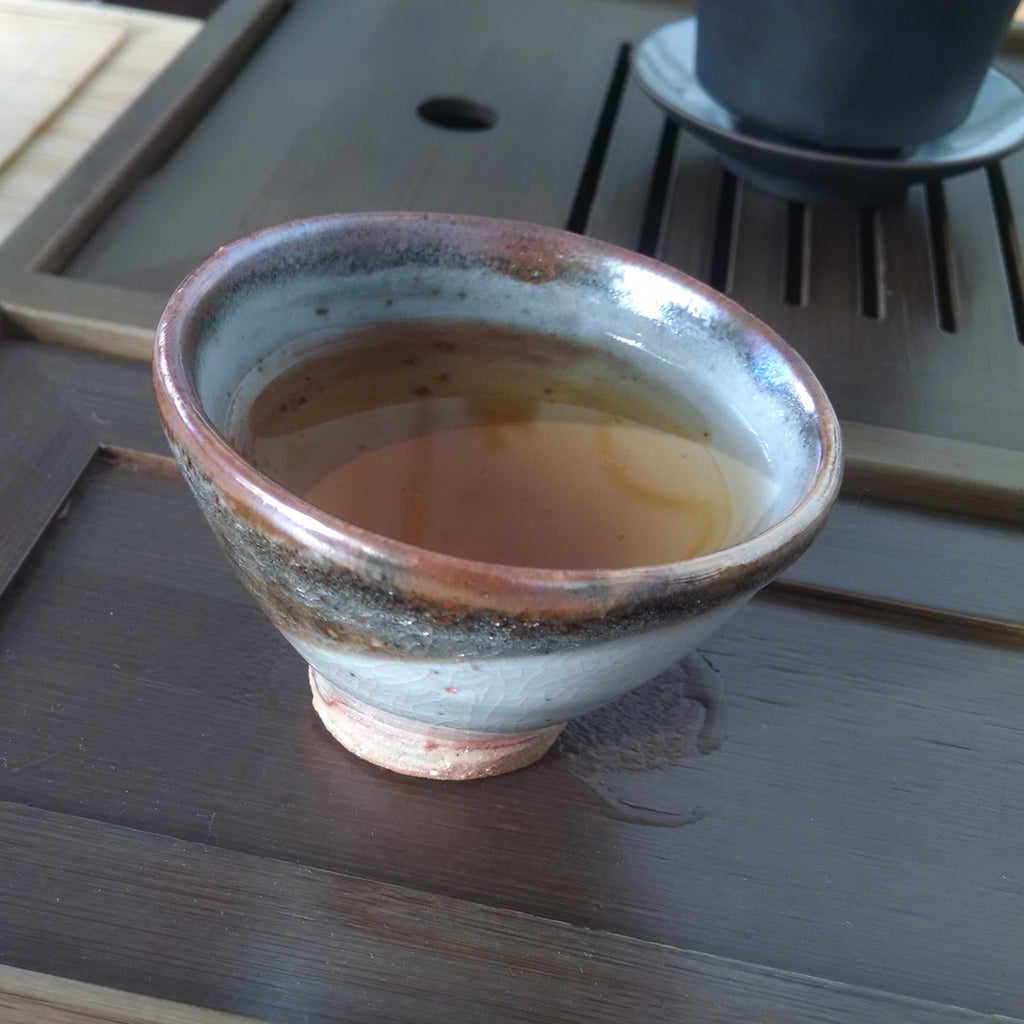
Concubine Oolong got developed when tea farmers from Dong Ding area began to be overshadowed by the surge in popularity of the high mountain oolongs in the 1990s. Dong Ding region, which is located in central Taiwan, although a traditional bastion of tea, do not have mountains tall enough to qualify to make the high mountain oolongs. But they rose to the challenge with the innovation of Concubine, which indeed has made it clear that tea makers of Dong Ding region are no pushover when it comes to excellence.
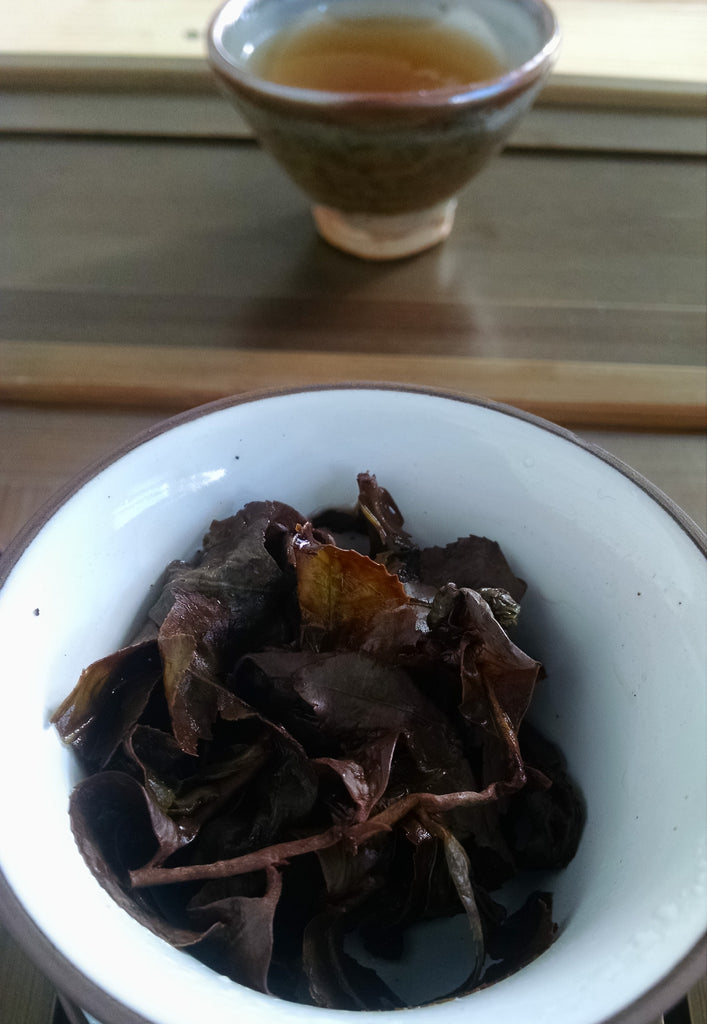
Both our Concubines come from Feng Huang, the village that was responsible for giving the gift of a great tea to the world. We hope you will enjoy them as much as we do!
